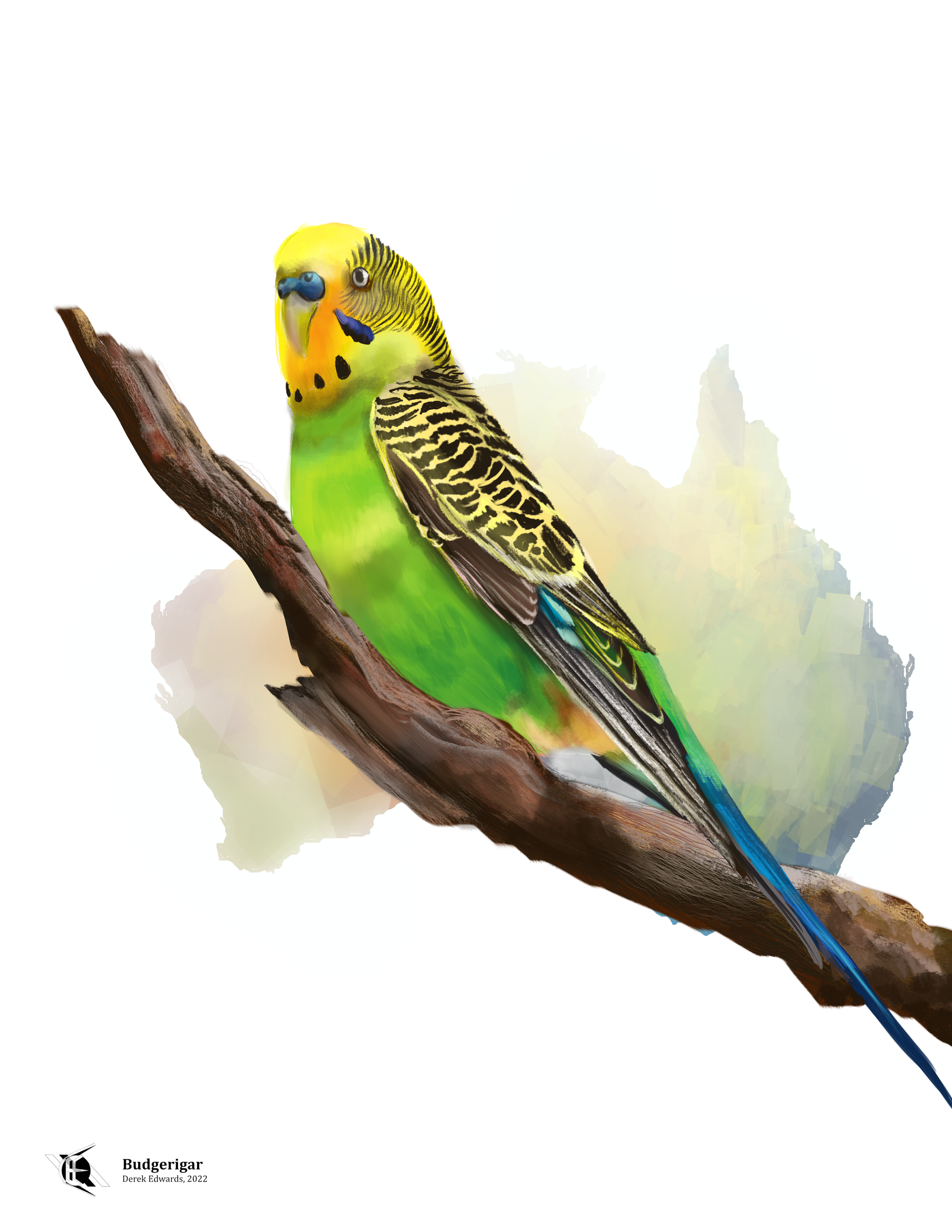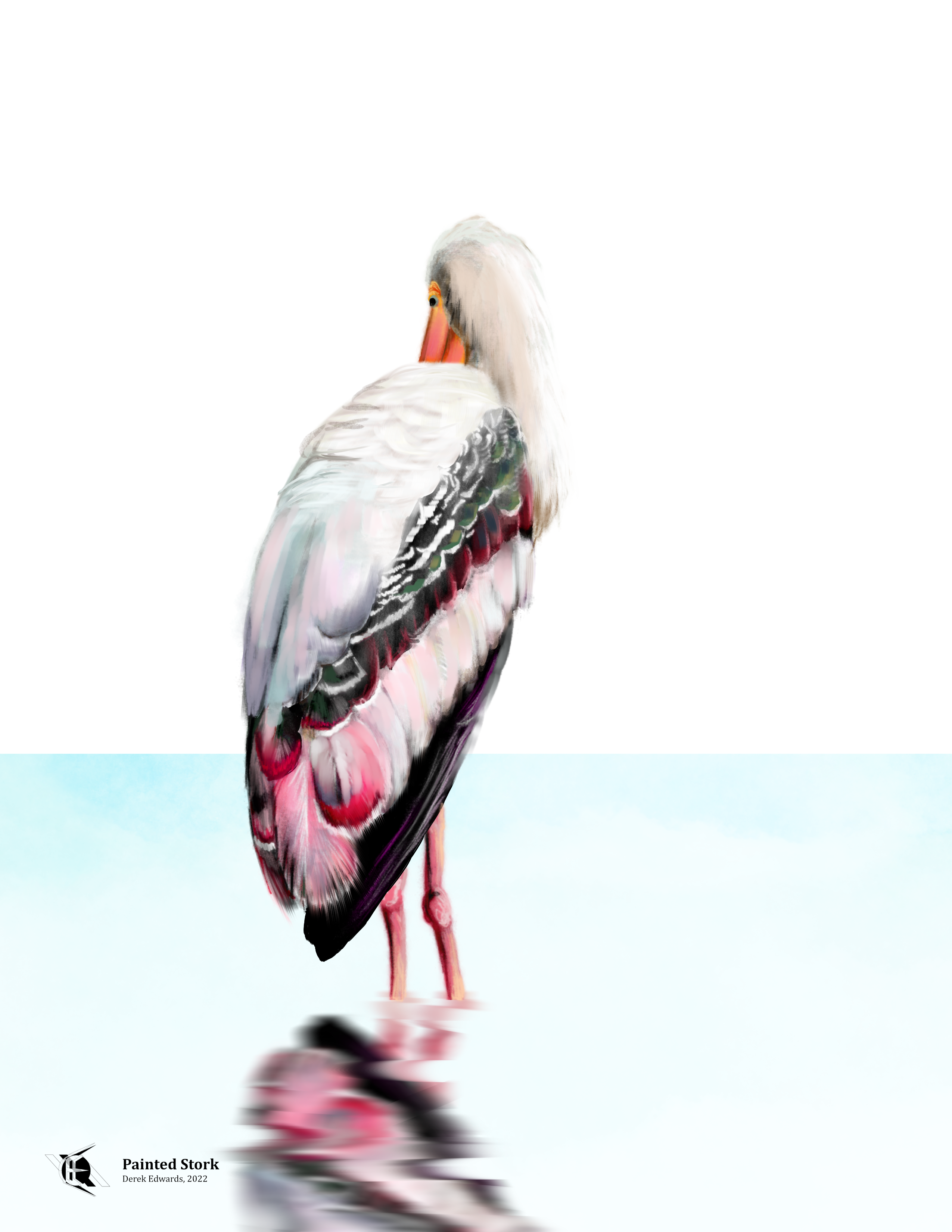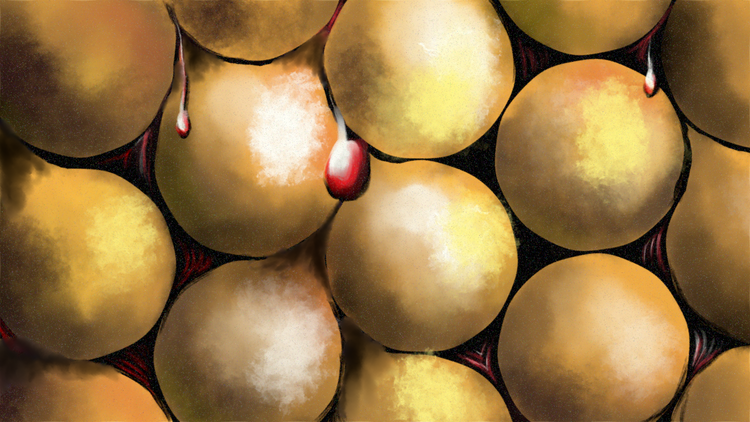
Running Commentary 11/21/2022
Hello,
I’ve made up my mind. I definitely will be taking next Monday off for Thanksgiving. I will be putting together a special edition, scheduled to go out on Thanksgiving itself, featuring my thoughts on the Andor finale along with a re-run of the turkey BotW.
Anyway...
Watching...
Andor
Episode 11 brings us one final episode of set-up ahead of the Season 1 finale. Here are my notes:

- The Mothma stuff was a bit better here than it has been. The idea that Leida might be all in on an arranged marriage is an interesting one. Usually, this would be a source of conflict between mother and daughter, the seed of an uninteresting little subplot. In this case, the conflict all stays internal to Mon’s mind. Still, I’d like to see Mon’s storyline actually meet up with Cassian’s more than it has.
- Space Miami has the least attentive hotel room cleaners in the Galaxy, apparently.
- Saw Gererra seems to be realizing that he’s in over his head at this point. There’s a lot more to fighting the Empire than his half-baked raiding. There’s planning, and trade-offs, and espionage, beyond what he seems to normally do. He isn’t fully in charge of the Rebellion, and now he knows that he might get thrown under the bus. The state we find him in in Rogue One makes a lot more sense now.
- My general take on Andor following the first several episodes was that it was good, but that it didn’t quite feel like Star Wars since it never felt like it was selling a Lego set. That very specific critique has been addressed somewhat by a scene demonstrating the full capabilities of Luthen’s Fondor Haulcraft. This was a standout scene of excitement in an otherwise low-key episode.
- Speaking of Luthen, this sure did look like a lightsaber he was carrying, didn’t it? Rumors that Luthen was a Jedi or somehow connected to the Jedi have been swirling since he first handed Cassian a Kyber crystal. To me, it looked like a Wookiee’s lightsaber more than something a Human would carry, so I don’t think it was Luthen’s originally.
- So, it looks like Syril Karn, the ISB, and Luthen’s people will all be on Ferrix for the finale. Will Cassian be joining them? Presumably, yes, so we get a big exciting finale, but wouldn’t it be funny if he didn’t?
The Peripheral
Episode 6 introduces a new character and does little else. Here are my notes:

- This episode was mostly set-up. We see Bob escape, but he hasn’t done anything else yet. We see Connor request being more-or-less permanently hooked into a peripheral, but the other will have to think about it before helping him. Inspector Lowbeer is investigating the break-in at R. I., and discovers that there are people from the past running peripherals and…cliffhanger. Not a whole lot actually happens.
- There’s a real issue of the two timelines not getting equal importance. All kinds of things are happening in Flynne’s time, while very little seems to be happening in Wilf’s, besides people trying to contact the past and get people to kill Flynne. After the last episode ended with a direct thumb in Nuland’s eye from Flynne, Nuland doesn’t even factor into this one. “Where is Aelita” has almost completely stalled out, despite being the core of the show. I’m still hoping to see everything come together by the end of the season, but this show does feel a little too drawn out.
- I’m now quite confused about who is in charge in the future. There’s R. I., there are independent kleptocrats like Lev, and there’s the London Metropolitan Police, which implies the London government still exists in some form. Does R. I. control the government? I’m really not sure, and that makes where Inspector Lowbeer fits in really unclear.
- The bit about how hard saltwater fish are to keep felt very genuine. Someone in the Peripheral must have a tank at home.
Reading...
Around the World in 80 Birds

When you’re someone who writes, even if you’re just someone, like me, who writes as a hobby, you develop a tendency to evaluate everything you read by considering how you might have written the same thing. It’s not a particularly useful habit; it’s really not a good way to review a written work. But, in the case of this book, in particular, I can’t really help it. Around the World in 80 Birds is not just a book I might have written; in a way, it’s a book I have written.
The book features paintings of birds by illustrator Ryoto Miyake, accompanied by a few paragraphs about each species, by author Mike Unwin. You might recognize that formula as essentially the same one I use for Bird of the Week in this newsletter. At the time of writing, A Running Commentary has been running for just over two years. Accounting for missed weeks due to holidays, etc., I’ve done about 80 birds of the week. So, how do Miyake and Unwin’s 80 birds compare to mine?
Art-wise, it’s kind of hard to say, in my not-especially impartial opinion, whose is better. Miyake seems to do his work here in watercolor or some similar paint, with line-work detail done over that. The feathers of his birds have a lot more detail than the feathers of most of mine, and, if I had to guess, his works are done larger than mine. Miyake also has depicted more than one of most of his birds, while my birds are typically solo portraits. My birds are a bit less detailed, and a bit more colorful. I generally draw more than paint, with my style having been developed mainly through the use of colored pencils. Nowadays I do my work digitally, which better allows for light colors to go over dark, which also influences how my art looks. Whose style you prefer is up to you. I somewhat prefer my own, but my style is my style, ultimately, because I think it looks good. But I also think Miyake’s art looks good. He puts the work into every painting, never giving the impression that he’d gotten bored with a work midway through and pushed it out to meet a deadline, which is more than I can say of my birds some weeks.


Mike Unwin’s accounts of the various species, compared to mine, are much better written. This is unsurprising, given that that Unwin is a published author and I am very much an ameteur who has put a lot less effort into improving my writing ability than improving my drawing ability. But it’s not just a matter of Unwin’s more polished style; it’s a matter of focus. Unwin has picked birds that are interesting to read about. I do that sometimes, but more often I draw birds that I think looks nice. Then I do about an afternoon’s worth of research on the bird and write up a few paragraphs based on what I can find. Sometimes I find something really interesting, as I did with the Prothonotary Warbler, but mostly I can’t find much beyond basic facts about size, diet, and range, along with the name of the first ornithologist to describe it. Unwin is able to tell a real story about every bird, which makes for a consistantly interesting read.
All of this is to say: Around the World in 80 Birds does what I try to do with Bird of the Week. If you’re a fan of that part of this newsletter, you’ll like this book even more. 9/10

Bird of the Week
This week’s bird is a stork, that much, after years of debate, is known for certain today. The Painted Stork is a striking-looking wading bird found throughout sub-Himalayan Asia. It lives in a variety of wetland habitats, from natural ponds and marshes to flooded paddy fields. Painted storks feed on small-to-medium fish, stalking slowly forward with their open beak dipped into the water, probing for prey. As someone more familiar with the still, sight-based hunting of herons, I’m surprised that these storks can catch any fish, the way they disturb the water.
But catch them they do, and those fish feed a global population of as many as 24,000 storks, though that number is declining, due both to loss of habitat in the face of some of the densest human populations in the world and more directly due to hunting and egg-gathering. In certain areas where they gather and nest, painted storks serve as beloved tourist attractions, and they are also common zoo exhibits.
As I mentioned, these birds have been a bit tricky to classify. They are storks, but, for a while, they were thought to be a sort of ibis. They were first described as Tantalus leucocephalus, placed in the same genus as the “wood ibis” Tantalus loculator. Linnaeus had named that genus after a mythical king of Lydia who tried to steal the food of the gods, and who was subsequently cursed to stand in water that he could not drink (hence the English word “tantalizing”). Thomas C. Jerdon, a physician who treated the soldiers of the British East India Company, and who did enough birding on the side to have been the first to describe many Indian birds, called this bird the “pelican ibis”. This all happened because, for a stork, the painted stork has a fairly slender, curved bill. (Its bill is also bright, Kraft Mac-&-Cheese orange, which I find clashes with its namesake pink plumage, so I concealed it as best I could in the above portrait.) The “wood ibis” turned out to be the same thing as the wood stork (Mycteria americana), which had already been described, and it and its relatives, including the painted stork, are all classified in Mycteria today. The genus name comes from the Greek for “snout”.
Curation Links
Dream Sequence | Robert Louis Stevenson, Lapham’s Quarterly
"From 'A Chapter on Dreams.' Written a year after the publication of The Strange Case of Dr. Jekyll and Mr. Hyde, Stevenson’s essay describes the author’s reliance on dreams for story ideas. His wife later recalled the night that Jekyll and Hyde came to him. 'In the small hours of one morning,' she told a biographer, 'I was awakened by cries of horror from Louis. Thinking he had a nightmare, I awakened him. He said angrily, "Why did you wake me? I was dreaming a fine bogey tale." '"
Things could be better | Adam Mastroianni, Experimental History
An overview of several surveys asking people to imagine how things might be different. Consistently, people imagine how things could be better, even things they like. This phenomenon held true through wording changes and even translations of the survey.
Eyes Aloft | Rose Lichter-Mark, Virginia Quarterly Online
“Plane spotters—or “avgeeks,” as some call themselves—travel around the world in order to hang out near airport runways so that they can watch and document planes as they take off and land…The details they collect provide an open-source trove of data about global commerce and politics, which has been invaluable to journalists and whistleblowers (not to mention various intelligence-gathering agencies) seeking to identify planes and their passengers.”
The Fisherman | Alejandro Suarez Lozano, DUST
[FICTION] [VIDEO] In China, an old squid-catcher sets out to find a much-needed big catch. He finds something, and something finds him. (19 minutes)
See the full archive of curations on Notion






Member Commentary